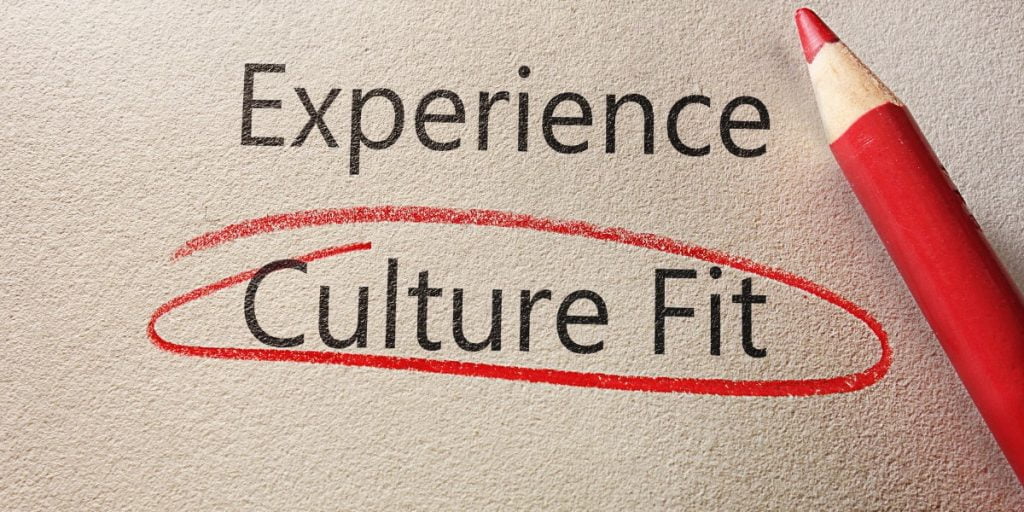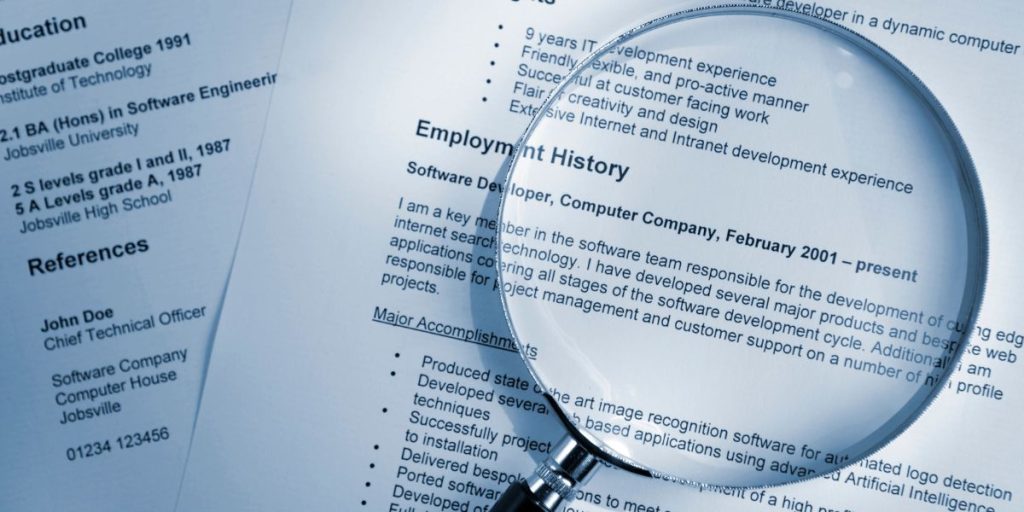
Across Singapore, roles in finance, logistics, marketing, and admin are being reshaped by automation and data-driven systems. SkillsFuture Singapore estimates that nearly 1 in 2 workers will need to re-skill, especially those in customer-facing or routine-heavy jobs.
Simultaneously, demand is rising in digital services, sustainability, and advanced manufacturing. In 2023, the digital economy contributed S$113 billion to Singapore’s GDP and created over 208,000 jobs. Employers are hiring differently — prioritising adaptability, cross-functional skills, and real-world relevance over paper qualifications.
Table of Contents
What Makes a Job “Secure”?

Today’s definition of job security has shifted. Instead of a “forever job,” a secure job is one that evolves with the market and offers:
- Growth sector positioning: Roles in tech, finance, healthcare, logistics, and the green economy are being prioritised in the Industry Transformation Maps (ITMs) launched by the Singapore Government.
- Adaptability over routine: Jobs that evolve with technology—like data science, UX design, or digital compliance—are more secure than those with repetitive tasks easily replaced by AI.
- Commitment to upskilling: Companies that provide employees with access to SkillsFuture, LinkedIn Learning, or their own internal academies are investing in long-term capability.
Quick Self-Check:
- Is your job in a protected, growing industry?
- Are you using tech and data regularly?
- Do you feel encouraged to keep learning?
If you answered “no” to any, it may be time to reassess.
7 Proven Strategies to Secure a Job

1. Master Strategic Networking
Networking has become a strategic advantage. According to the Job Vacancies Report 2023, the share of newly created positions rose to 47.3% in 2023, the highest since 2018. This indicates a dynamic job market where proactive networking can lead to opportunities. To build a network that supports your job search and growth:
- Attend employer-heavy events. Conferences like SWITCH, Singapore FinTech Festival, and HR Tech Festival Asia attract C-suite leaders and hiring managers. Breakout sessions and side events offer real face time that job portals can’t.
- Use LinkedIn to show relevance. Don’t just update your profile—post insights, share learnings, and comment on industry news. This signals you’re active, informed, and worth noticing.
- Join niche communities. Groups like TechLadies, Designers SG, and HR Community Singapore often share early job leads. Active members build reputations—and get referred faster.
Consistent and genuine engagement not only increases your visibility but positions you as a proactive professional and a preferred candidate.
2. Build Authentic Professional Relationships

Once visibility is established, the next layer is trust. While networking opens doors, it’s strong relationships that determine who invites you in. In Singapore’s referral-based job market, people are more likely to recommend those they know well.
| A LinkedIn poll found that 66% of respondents consider networking and personal connections pivotal to a successful job search. But beyond initial outreach, it’s the consistency and intent that truly build lasting momentum. |
Here’s how you can nurture relationships over time:
- Reach out with purpose. Don’t wait until you need something. Start conversations around shared interests or career journeys. Thoughtful questions show you’re genuinely engaged.
- Offer value first. Share an article, make an intro, or send a quick congrats. Small, relevant gestures go further than generic check-ins.
- Stay in touch naturally. A short message every few months—“Thought of you when I saw this”—keeps the connection warm without forcing it.
In a market where referrals carry weight, professional relationships often make the difference between being considered and being chosen.
3. Develop Compelling Communication Skills
After establishing visibility and building trust, articulate your value with clarity and confidence. The Skills Demand for the Future Economy Report highlights communication as one of the top five critical core skills consistently sought after by employers across various sectors.
To enhance your communication and stand out:
- Use the STAR method to structure your stories. Prepare 3–5 concise examples that highlight key skills—like leadership or problem-solving—using Situation, Task, Action, and Result. Rehearse until each is clear and under two minutes.
- Make your resume outcome-driven. Start with action verbs and back up your claims with results. Replace “Handled digital campaigns” with “Led campaigns that boosted leads by 40% in Q2.” Every line should show business impact.
- Communicate clearly across digital channels. From emails to video calls, be concise, professional, and audience-aware. Use clean formatting, adapt your tone, and stay responsive—your communication style reflects your readiness.
By honing communication skills, you present yourself well to potential employers and enhance your ability to collaborate and lead within any organisation.
4. Understand Company Culture and Values

80% of professionals in Singapore consider company culture a key factor when deciding whether to accept a job offer. This includes how decisions are made, how teams interact, and how leadership supports development.
Today, factors such as inclusion, fair treatment, and psychological safety are no longer optional —especially with Singapore’s Workplace Fairness Legislation beginning to shape future employer obligations.
To assess culture before joining:
- Review how the company presents itself. Look at their LinkedIn, careers page, and leadership posts. Are they highlighting team growth, values, or just achievements? What they focus on often reflects their internal priorities.
- Ask specific questions during interviews. Instead of broad questions about culture, ask: “How is feedback shared?” or “What does collaboration typically look like on your team?”
- Listen for tone and emphasis. Pay attention to how the interviewer describes the team. Do they mention autonomy and development—or only deadlines and KPIs?
- Look for clear people policies. Programmes like mentorship, learning budgets, or hybrid work support often signal that the company invests in its people.
Knowing how a company works will help you decide whether that way of working suits you.
Also Read: 5 Effective Tips for Managing Employee Conflicts in the Workplace
5. Acquire In-Demand Skills for 2025
Whether it’s finance, logistics, marketing, or public service, roles now come with new expectations—especially in how you use technology, analyse data, or contribute to sustainability targets. To build a future-ready skillset:
- Develop AI-enabling skills.
- Tools like Microsoft Copilot, Notion AI, and ChatGPT are now standard in many roles.
- Hiring managers look for people who can use AI to speed up analysis, structure content, or enhance communication—not just engineers.
- Add sustainability to your portfolio.
- ESG reporting, sustainable procurement, and green operations are now hiring criteria in both MNCs and local enterprises.
- Short courses in sustainability frameworks or climate governance are becoming key differentiators.
- Stack skills with purpose.
- A product manager might pair UX fundamentals with agile certifications and stakeholder management.
- A business analyst could focus on data visualisation, SQL, and dashboard tools like Power BI. Focused skill clusters show intent and readiness more than one-off courses.
AI fluency, green economy capabilities, and data proficiency were listed among the most in-demand cross-sector skillsets. These reflect where both hiring and national investments are heading and influencing how employers shortlist talent.
Also Read: AI in Banking and Finance: Learn How’s AI Used in Banking Industry
6. Optimise Your Application for Success

Once you’ve built the right skills and credentials, it’s now about making them known. Most recruiters use ATS (Applicant Tracking Systems), and hiring decisions often begin with a 10-second scan, clarity and relevance matter more than length or layout.
To improve how your application is received:
- Tailor your resume to the job description.
- Mirror keywords and phrasing used by the employer, especially in the first third of your CV.
- ATS tools used by large companies like Shopee, Singtel, and GIC will filter based on this alignment.
- Focus on outcomes, not tasks.
- Start bullet points with action verbs and include numbers wherever possible.
- Instead of “Managed internal events,” say “Led 4 annual townhalls with 95% employee satisfaction scores.”
- Use a clean, mobile-readable format.
- Avoid graphics, sidebars, and columns that may confuse ATS software.
- Stick to one column, sans serif fonts, and export in PDF unless requested otherwise.
- Match your voice across platforms.
- Check that your resume, LinkedIn profile, and cover letter reinforce the same narrative—clear, updated, and relevant to the role you’re targeting.
- Check that your resume, LinkedIn profile, and cover letter reinforce the same narrative—clear, updated, and relevant to the role you’re targeting.
- Keep a versioning system.
- Maintain different resume versions for different job types or industries, and track which one you’ve used where. This helps if you’re juggling multiple roles across functions.
Every detail should support the role you’re applying for and make it easier for a recruiter to move you to the next round.
7. Master the Modern Interview Process
You’ve made it past the screening. Now comes the real test: showing up with clarity, confidence, and credibility in front of key people. Most roles require multiple rounds of interviews, looking for: capability, mindset, communication, and alignment with the company’s direction.
Here’s how to handle it:
- Expect five stages, not one. Common interview flows include: recruiter screen → hiring manager round → technical/case task → stakeholder or cross-functional interview → references.
❗Don’t assume early conversations are informal—every stage matters.
- Make your impact measurable. Frame your examples with STAR, and back them with outcomes. Instead of saying “I led a team,” go with “I led a 5-person team on a 6-week sprint that reduced onboarding time by 20%.”
- Rehearse for online interviews. Ensure your lighting, sound, and background are set up professionally, and maintain virtual eye contact throughout.
- Know how to negotiate a higher salary – know your numbers before you negotiate. MOM’s COMPASS benchmarks or the Michael Page Salary Guide to set a realistic and well-researched range. Also consider benefits like learning budgets, hybrid work, flexible work arrangements, and bonus structure.
Each interaction is a chance to show how you think, how you listen, and how you align with the team’s rhythm. Prepare for it like it matters—because it does.
Avoiding Common Job Search Pitfalls
Even experienced jobseekers slip into habits that hold them back:
- Skipping research – sending a resume without knowing a company’s goals or values shows. A quick look at the company website or LinkedIn profile helps to ask better questions in interviews.
- Mass applying – more effective to focus on roles that fit and customize each application.
- Ghosting recruiters—a short reply keeps doors open. A targeted, professional search leaves a stronger impression than 50 generic CVs.
Also Read: What is Upskilling? Your Key to Career Advancement in Singapore
Conclusion
A good resume may get you noticed, but a thoughtful, well-executed strategy is what gets you hired. Employers pay close attention to how candidates adapt, communicate, and take ownership of their career path—from the first application to the final interview.
Whether you’re starting out, making a career shift, or rejoining the workforce, these strategies offer a clear way forward. If you’re searching for in-demand roles or tailored support through strategic recruitment and talent acquisition, Trust Recruit works with companies across sectors to match candidates to long-term opportunities where they can grow.
Need support in your job search? Contact a consultant at Trust Recruit today.
